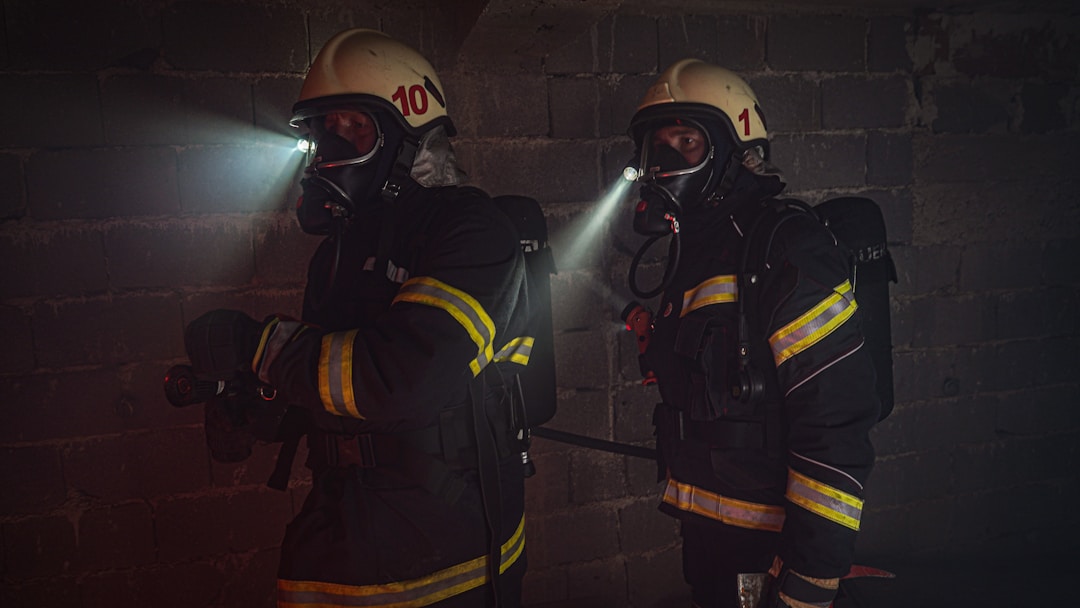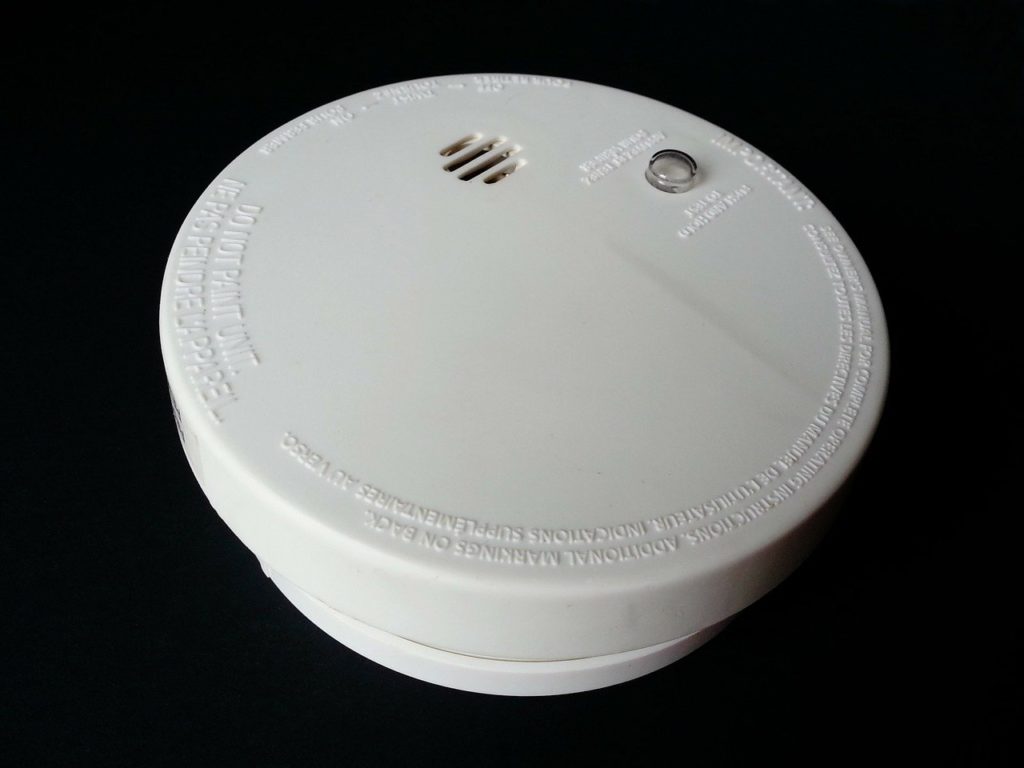At some point in your life, you’ve probably heard that carbon monoxide can be one of the most dangerous gases you could encounter. It’s potentially fatal due to its odorless and colorless properties, but there are several ways to combat the dangers of this toxic gas.
Knowing where the carbon monoxide comes from, what the signs and symptoms of carbon monoxide poisoning are, and how to use carbon monoxide alarms and carbon monoxide detectors will drastically increase your odds of staying safe in the presence of the gas. Several city codes require carbon monoxide detectors today due to the benefits they provide in homes and businesses.
Why is carbon monoxide so dangerous?

Carbon monoxide is mainly dangerous due to the fact it’s colorless and odorless. It’s also found in several places many people don’t expect it to be, including household appliances, small engines, trucks, cars, furnaces, gas ranges, lanterns, and grills. If there’s a potential gas leak, the entire enclosed area surrounding the leak, such as an attached garage or residential unit, can build up with the gas and be deadly to anyone in close proximity.
Most people who encounter a leak have no idea it’s happening. This is why an illness related to carbon monoxide can be potentially fatal. Many people don’t realize there’s a risk for carbon monoxide poisoning in their car or kitchen, but it can show up in unexpected places.
If you have pets or children in the home, it’s especially important to understand how to take preventative measures and know what the symptoms of poisoning are. If you are curious about tips for making your home pet friendly, you might want to consider their sleeping area and whether there is a carbon monoxide detector or carbon monoxide alarm close by. Animals generally sleep on the floor, which is where carbon monoxide tends to go when there is a leak.
What are the symptoms of carbon monoxide poisoning?

One of the best ways to prevent a fatality involving the gas is to know what the signs and symptoms of poisoning are. The symptoms aren’t always straightforward, but some symptoms are more common than others.
When someone experiences carbon monoxide poisoning, they are expected to have several physical symptoms including a headache, dizziness, weakness, stomach pains, unconsciousness, chest pain, chronic fatigue, and confusion. Some people have described the feeling as intense and flu-like.
If a large amount of the gas is inhaled at once, it would likely cause you to pass out or kill you immediately. If you think you might be a victim of poisoning, it’s important to seek professional medical attention and intervention immediately.
How can you help prevent carbon monoxide poisoning?

The first thing you should do to decrease the likelihood of a leak happening in your home is to make sure the furnace and other natural gas appliances are maintained on a regular basis. Older appliances and furnaces are more likely to cause leaks of high concentration. It might be a good idea to reach out to the company that originally installed the unit and ask them to run a maintenance check on it.
The second thing you should do is buy one or more carbon monoxide detectors and carbon monoxide alarms for your home. Today, carbon monoxide alarms are generally inexpensive and can be found at any local hardware store. It’s best to keep carbon monoxide detectors and carbon monoxide alarms placed low to the ground in different areas of your home because carbon monoxide tends to stay low to the ground when there’s a leak. If you have a gas heater or other natural gas appliance, it would be wise to place the detector in that area in case the unit starts leaking.
Be sure to change the batteries on carbon monoxide detectors and carbon monoxide alarms regularly and test them to ensure they’re running properly.









